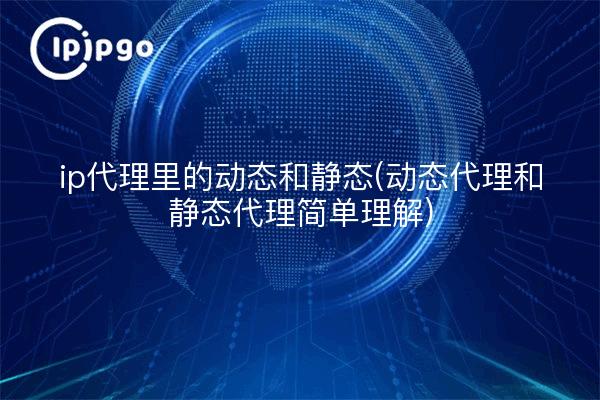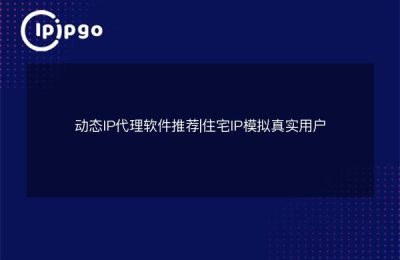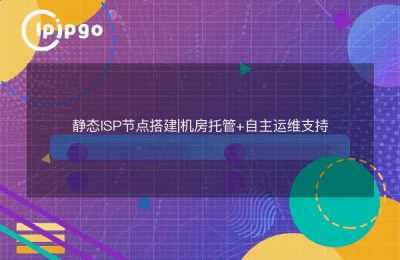
Dynamic and static in ip proxy
In the Internet world, we often hear about the concept of IP proxies. And among IP proxies, dynamic and static proxies are two common types. So what are they respectively?
A simple understanding of dynamic and static proxies
First let us understand the basic concepts of dynamic and static proxies. Static proxies determine the proxy object for the proxy class at compile time, while dynamic proxies dynamically generate the proxy object at runtime. Dynamic proxies allow to dynamically create proxies and assign method calls to other objects at runtime. This allows us to enhance or extend methods without modifying the source code.
Dynamic proxies are usually implemented using the Proxy class and InvocationHandler interface in Java. Let's look at a simple example:
"`java
import java.lang.reflect.InvocationHandler;
import java.lang.reflect.
import java.lang.reflect.Proxy;
public interface Hello {
void sayHello();
}
public class HelloImpl implements Hello {
@Override
public void sayHello() {
System.out.println("Hello World");
}
}
public class DynamicProxy implements InvocationHandler {
private Object target.
public DynamicProxy(Object target) {
this.target = target;
}
public
return (T) Proxy.newProxyInstance(
target.getClass().getClassLoader(),
target.getClass().getInterfaces(),
this
);
}
@Override
public Object invoke(Object proxy, Method method, Object[] args) throws Throwable {
System.out.println("Before");
Object result = method.invoke(target, args);
System.out.println("After");
return result;
}
}
public class Main {
public static void main(String[] args) {
Hello hello = new HelloImpl();
Hello proxy = new DynamicProxy(hello).getProxy();
proxy.sayHello();
}
}
“`
In this example, we define a Hello interface and its implementation class HelloImpl. We then create a dynamic proxy class DynamicProxy and use it in the main method to create the proxy object and call the sayHello method. The dynamic proxy class outputs Before and After before and after calling the sayHello method.
Static proxies, on the other hand, are manually written proxy classes that wrap the original class. Using the Hello interface and HelloImpl class as an example, we can implement a static proxy class like this:
"`java
public class StaticProxy implements Hello {
private Hello hello;
public StaticProxy(Hello hello) {
this.hello = hello;
}
@Override
public void sayHello() {
System.out.println("Before");
hello.sayHello();
System.out.println("After");
}
}
“`
In static proxies, we need to write a proxy class for each interface. In contrast, dynamic proxies are more flexible and reduce the amount of duplicate code. However, the performance of dynamic proxies is generally not as good as static proxies.
Overall, dynamic and static proxies have their own advantages and disadvantages, and we can choose to use them according to the specific situation. I hope this article can help you better understand the application of dynamic and static proxies in IP proxy.








